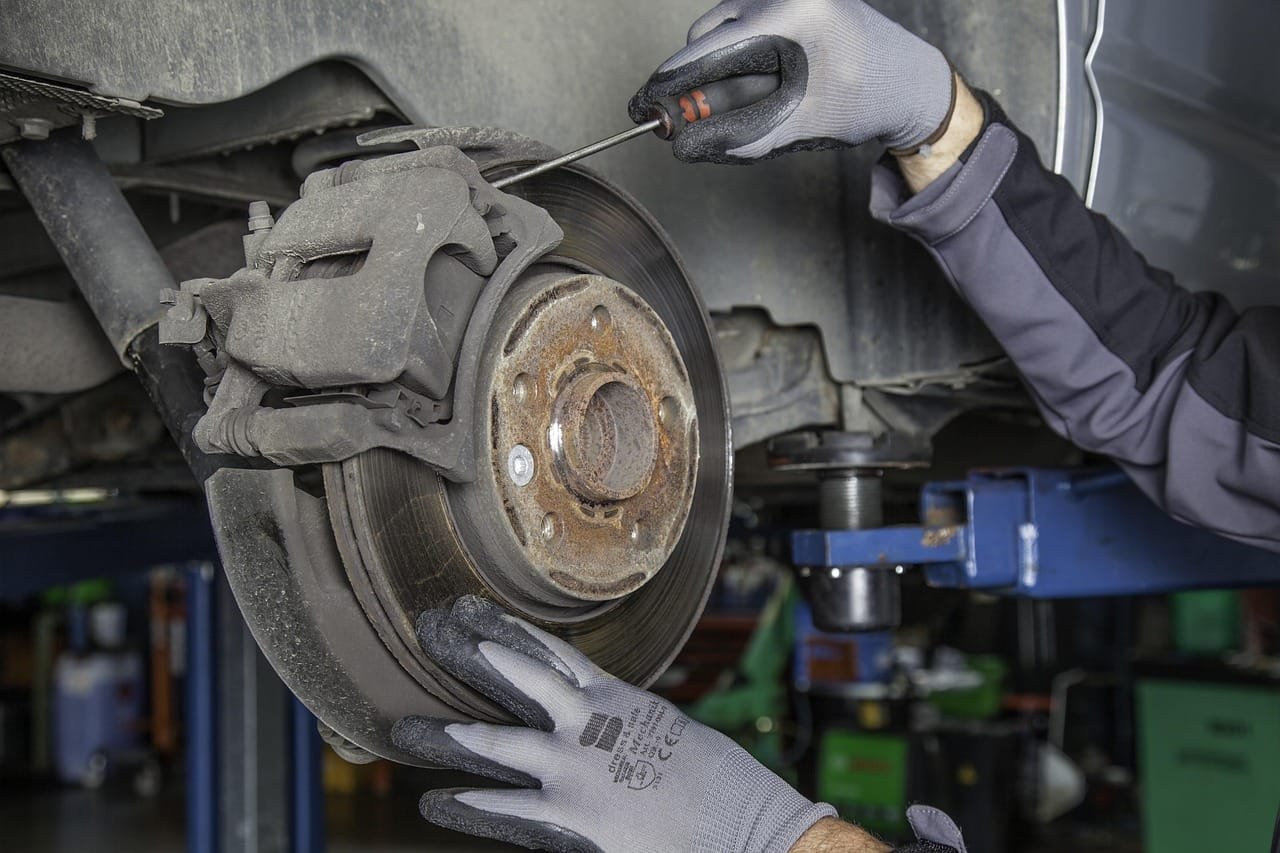The Basics of Brake Systems
Every time you step on the brake pedal in your car, you’re engaging a complex system designed to bring your vehicle to a safe stop. Understanding how brakes work can empower you as a driver, ensuring that you have a greater awareness of your vehicle’s mechanisms.
What Happens When You Press the Brake Pedal?
When you press the brake pedal, a series of actions happen almost instantaneously. Triggers are sent to the brake system, activating hydraulic fluid that flows through brake lines to the brake calipers. This pressure forces the brake pads against the rotors, creating friction that slows down or stops your car. The science behind this process is fascinating and crucial for your safety on the road.
The Role of Friction in Stopping Your Car
The essential component of brake systems is friction. When the brake pads clamp down on the rotors, they convert the kinetic energy of your moving vehicle into heat energy, effectively slowing you down. This frictional force is what makes it possible to stop your car quickly and safely. It’s important to regularly check your brake pads and rotors to ensure they are in good condition, as worn-out components can lead to decreased performance.

